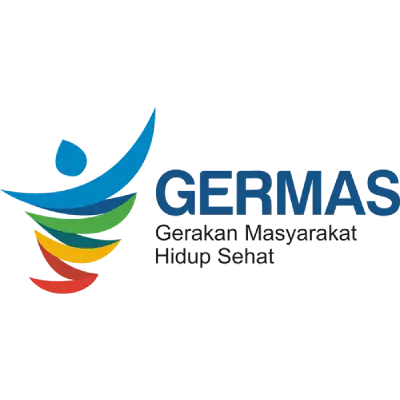
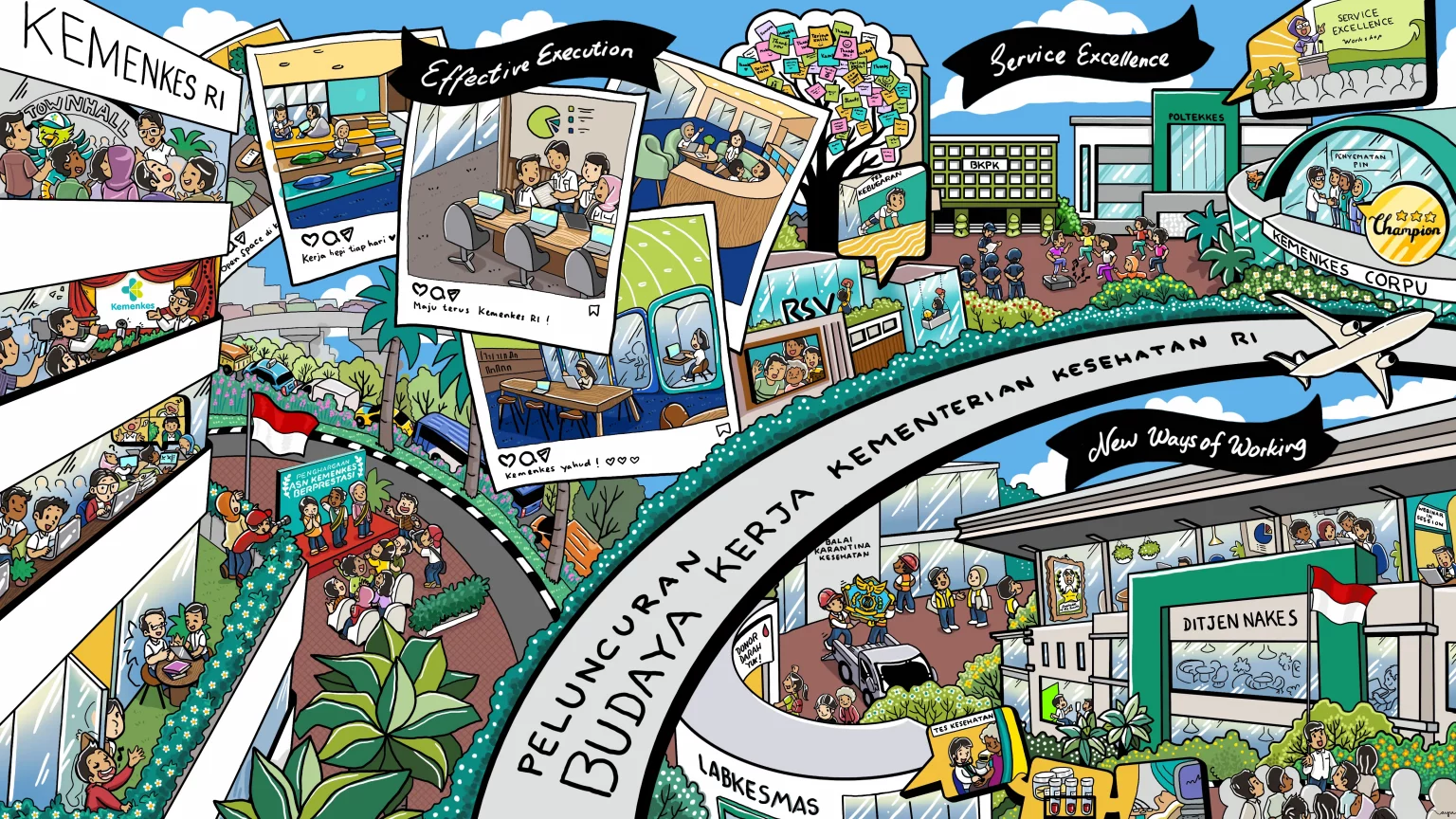


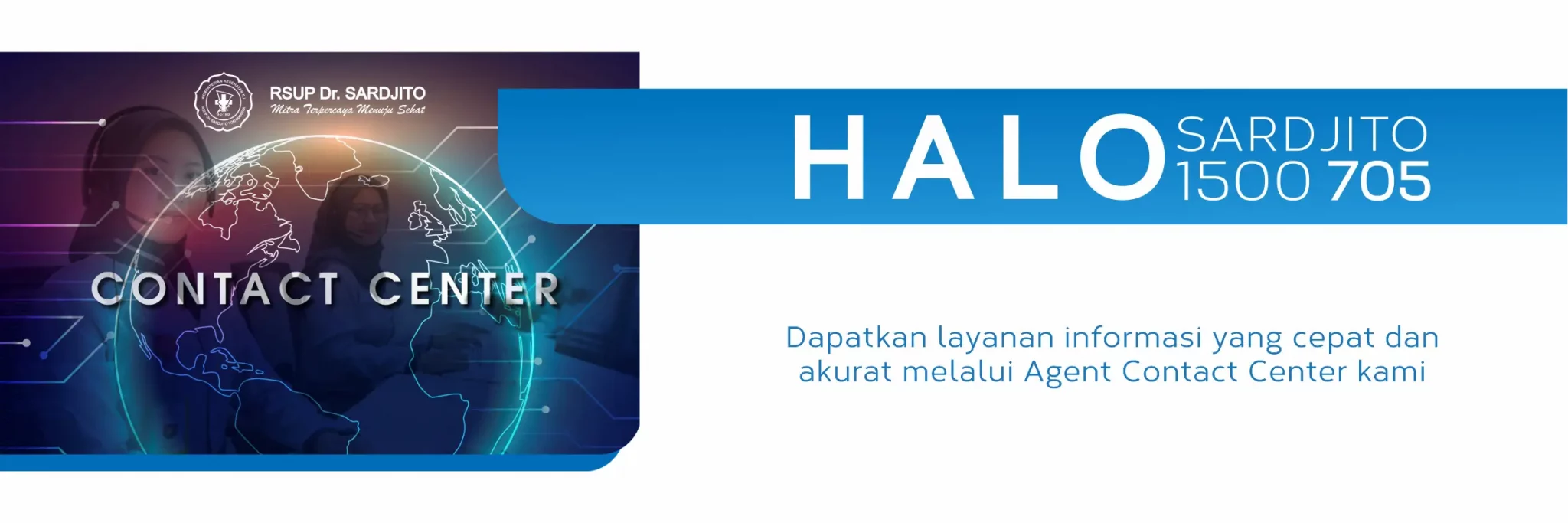



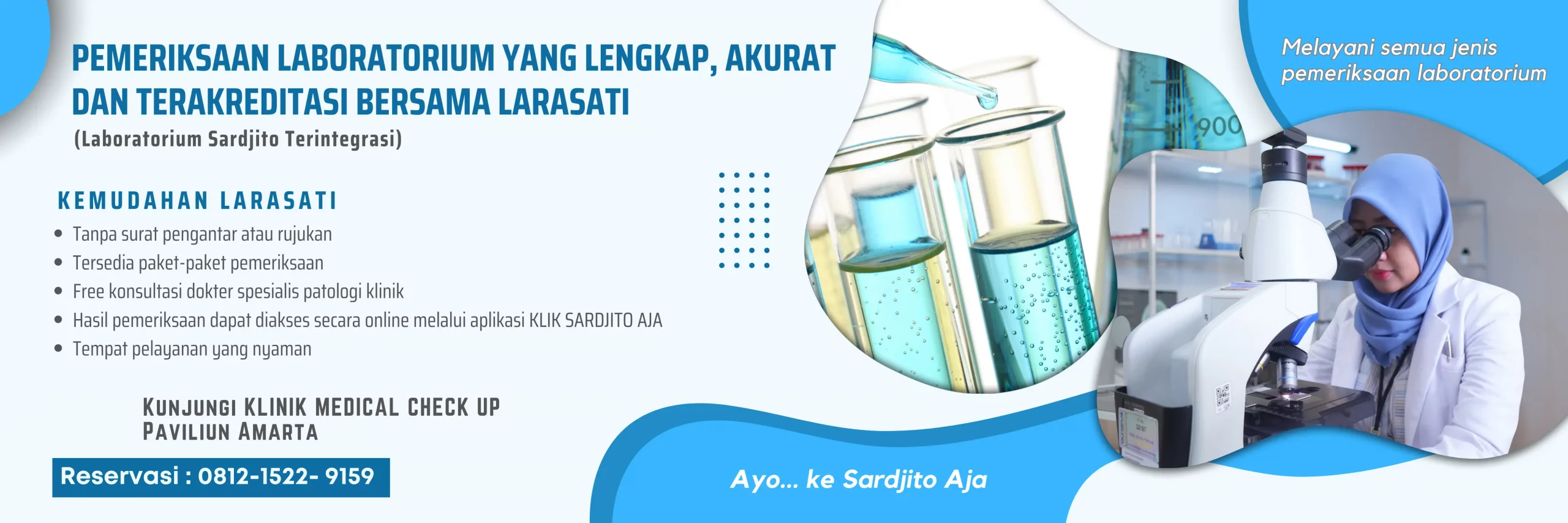
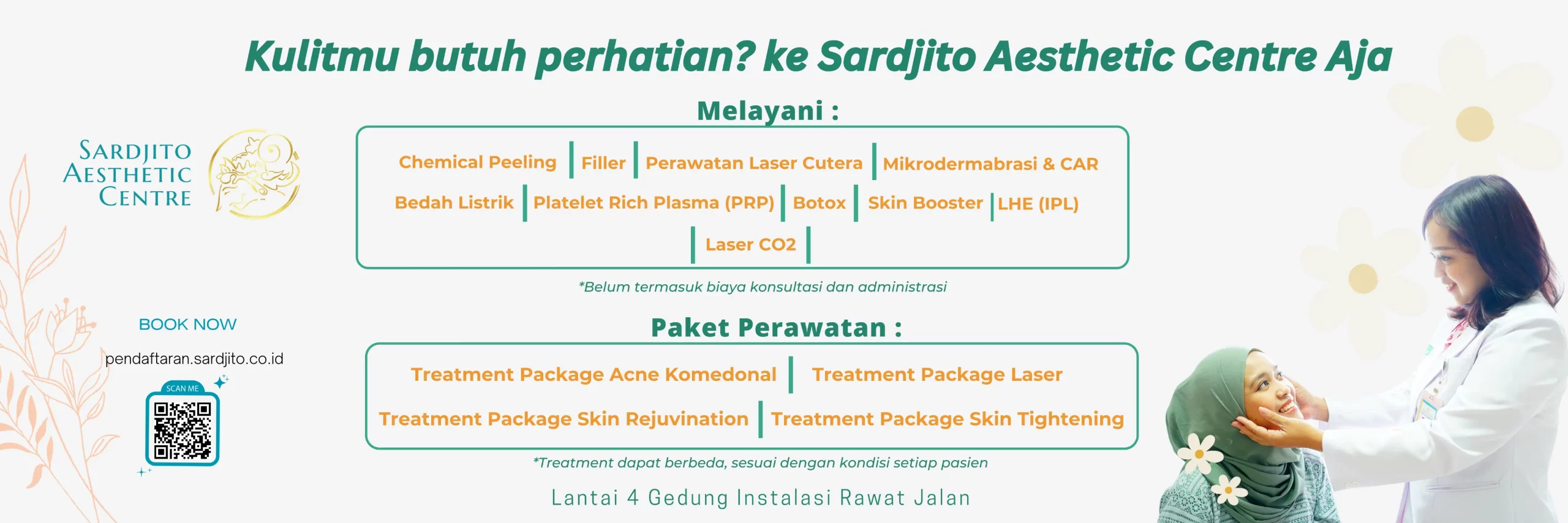
Increased Hand Hygiene Compliance for Reducing HAIs
Background. Hospital acquired infections (HAIs) is the most frequent adverse event that causes the worsening of clinical outcome. Hand hygiene is an effective and simple way to prevent HAIs.
Objective. To evaluate hand hygiene compliance, impact on HAIs and clinical outcome.
Method. A quasi-experimental study was conducted to evaluate the implementation of the ‘WHO multi-modal strategy’ that was adjusted to the local needs, in intensive care ward and some high-risk units of HAIs at Sardjito Hospital from June 2014 to April 2016. All workers who have frequent contact with the patients were observed for their hand hygiene compliance by trained observers. The incidence of HAIs and its related impact were documented through active surveillance. Data was analyzed with independent t-test for intervention-control comparation, repeated-measurement ANOVA for pre-initial-end-evaluation, chi-square for bivariate and multiple regression for multivariate analysis.
Results. This study involved 186 healthcare workers and 802 patients throughout the before-after intervention study period. There was increasing compliance on accuracy, consistency and sustainability of hand hygiene practices with the independent contribution factors were professional background, hand rub or hand wash practices and 5 moments indicated. The incidence rate of HAIs was decreased, while independent risk factors were patients’ high risk age (OR 3.7, 95%CI 1.9-5.8), underlying disease (OR 5.9, 95%CI 1.5-34.5) and their invasive intervention (OR 2.5, 95%CI 1.6-3.8). The length of stay, antibiotics usage and mortality rate among patients with HAIs significantly increased. Independent variables associated with the worsening of clinical outcome were elderly (OR 2.1, 95%CI 1.2-3.8), underlying comorbidity (OR 4.6, 95%CI 2.5-8.7), invasive intervention (OR 1.5, 95%CI 1.2-1.9) and HAIs (OR 7.7, 95%CI 4.5-13.3).
Conclusion. Increased hand hygiene compliance affects the decreased in the incidence of HAIs and improved clinical outcome.
Keywords: hand hygiene, compliance, HAIs, clinical outcome, healthcare workers
Read more >>> Hand Hygiene improve the patient clinical outcoeme at Sardjito Hospital
Reducing the cross infection of methicillin-resistant staphylococcus aureus (MRSA) in an intensive tertiary care hospital in Indonesia through hand hygiene improvement
Hospital Acquired Infection (HAIs) is the most frequent adverse event that can cause the worsening of patients’ clinical outcome. Hand hygiene is the simple, cost effective way to prevent HAIs. The incidence of hospital acquired (HA) MRSA cross infection is thought to be a good indicator directly describes hand hygiene practices at the point of care. This study aims to evaluate the impact of hand hygiene compliance on HA-MRSA cross transmission in The Intensive Tertiary Care of Sardjito Hospital in Indonesia.
A quasi-experimental before-after design was conducted to evaluate the implementation of the ‘WHO Multi-modal Hand Hygiene Improvement Strategy’ that is adjusted to the local needs, based on the qualitative study result from the Intensive Care from June 2014 to April 2016. All workers who have frequent contact with patients were observed for their hand hygiene compliance by trained observers. Incidences of HA-MRSA were recorded through active surveillance accompanied by microbiology data.
There were 92 healthcare workers (18 medical doctors, 45 nurses, 29 other staffs) and 5,280 patients involved throughout the before and after intervention’s study period. There were 16,313 hand hygiene opportunity observations which resulted in a significantly improved practical accuracy-consistency-sustainability, after intervention in the initial and end-evaluations. There was a significant decrease in the HA-MRSA rate from 12.6% before intervention to 1.2% and 0.3% at the initial and end-evaluations, respectively.
Increasing hand hygiene compliance in the Intensive Care after the intervention reduced HA-MRSA significantly, and suggest such cross infection as an indicator of hand hygiene compliance.
Keywords: compliance, hand hygiene, intensive care, MRSA cross transmission
Read more >>> Hand hygiene menurunkan insidensi MRSA di R.Intensive
Analisis Efektivitas Biaya Pilot Project Skrining Kolonisasi Methicillin-Resistant Staphylococcus aureus (MRSA) pada Pasien Ruang Intensif RSUP Dr Sardjito Yogyakarta
Pencegahan dan pengendalian infeksi di RS (PPI RS) menjadi keharusan upaya mencapai mutu pelayanan yang berfokus pada keselamatan baik untuk pasien, petugas dan lingkungan RS. Fokus tujuan keselamatan pasien membutuhkan dukungan dan melibatkan seluruh masyarakat RS sesuai area dan tanggung jawab tugas masing-masing.
Infeksi RS (HAI’s) merupakan kejadian tidak diharapkan yang sering terjadi di banyak Rumah Sakit di seluruh dunia termasuk Indonesia. Infeksi oleh organisme resisten banyak antibiotika, tersering adalah MRSA (Methicillin-resistant S.aureus), dikenal menjadi penyebab HAI’s yang serius dan menjadi problem besar di RS.
Methicillin-resistant S.aureus merupakan jenis bakteri S.aureus yang resisten terhadap antibiotika golongan beta laktam dan potensial resisten terhadap berbagai antibiotika lain. Prevalensi MRSA di dunia cenderung meningkat. Di Indonesia, dengan keterbatasan sumber daya RS, dilaporkan peningkatan MRSA dari 2,5% (1986) menjadi 9,4% (1993), dan 23,5% (2006). Badan kesehatan dunia menyatakan bahwa MRSA adalah salah satu dari 10 besar penyebab infeksi pandemik.
Terdapat 2 macam infeksi MRSA yaitu healthcare-associated (HA-MRSA) dan community-associated (CA-MRSA). Healthcare-associated MRSA, oleh Centers for Disease Control and Prevention (CDC), didefinisikan sebagai infeksi MRSA yang terdapat pada individu yang pernah dirawat di rumah sakit atau menjalani tindakan operasi dalam 1 tahun terakhir, memiliki alat bantu medis permanen dalam tubuhnya, bertempat tinggal di fasilitas perawatan jangka panjang, atau individu yang menjalani dialisis. Community-associated MRSA merupakan MRSA yang didapatkan pada individu yang sebelumnya tidak memiliki faktor risiko yang berhubungan dengan MRSA.
Healthcare-associated MRSA merupakan infeksi yang cukup serius pada pelayanan kesehatan di berbagai negara terkait angka kesakitan, kematian dan biaya pengobatan. MRSA dipertimbangkan menjadi patogen multi resisten terpenting sumber pandemi yang menyebabkan peningkatan beban morbiditas dan mortalitas. Pengendaliannya direkomendasikan menggunakan metode penemuan aktif dilanjutkan pemusnahan (search and destroy) disamping pemisahan perawatan dengan prinsip kohorting.
Deteksi MRSA dapat dilakukan menggunakan media khromogenik atau identifikasi PBP2a atau deteksi gen MecA berdasarkan metode laboratorium kultur, identifikasi dan uji kepekaan antibiotika golongan methicillin, sampai dengan metode imunologi atau amplifikasi asam nukleat. Masing-masing memiliki keunggulan dan keterbatasan deteksi, khususnya dari sisi praktikabilitas metode.
Infeksi MRSA pertama kali dilaporkan di Inggris pada tahun 1961, kurang dari 1 tahun sejak methicillin digunakan secara luas sebagai antibiotika. Masalah resistensi antibiotika kemudian terus meningkat di berbagai belahan dunia di Amerika dan Eropa sejak tahun 1970.
Di Indonesia, Endang Sri Lestari (2009) melaporkan angka kejadian MRSA pada pasien yang keluar RS adalah 6,6%, pada pasien yang dirawat satu kamar dengan kasus MRSA positif adalah 16,5%, pada petugas RS 1,7% dan pada lingkungan RS adalah 1,5%, dengan tingkat prevalensi keseluruhan adalah 7,3%. Di RSUD Dr Muwardi Surakarta, dilaporkan prevalensi kolonisasi MRSA pada pasien yang dirawat lebih dari 72 jam berkisar 50% – 66,7%, pada petugas yang merawat pasien berkisar 22,4% – 64,5%, dan pada spesimen lingkungan serta alat 68,4%. Di RSUP Dr Sardjito Yogyakarta, dalam studi observasional retrospektif berdasarkan data rekam medis tahun 2011, dilaporkan sejumlah 24,8% presumptive MRSA dari spesimen klinik pasien infeksi positif S.aureus. Karakteristik pasien yang dominan pada kasus presumptive MRSA adalah kondisi imunokompromise, masa perawatan RS panjang dan penggunaan peralatan invasif. Laporan studi tentang prevalensi kolonisasi MRSA pada pasien di Ruang Intensif semester-2 tahun 2014 RSUP Dr Sardjito mendapatkan angka 9,6% dengan algoritma metode deteksi yang disarankan adalah menggunakan media agar selektif MSA dilanjutkan media agar khromogenik MRSA yang memiliki praktikabilitas tinggi.
Diperlukan analisis efektivitas pembiayaan pilot project skrining kolonisasi MRSA pada pasien di ruang Intensif di RSUP Dr Sardjito, untuk memberikan dasar pertimbangan keputusan pelaksanaannya secara rutin, mendukung manajemen klinik pasien yang aman dari sisi PPI dan PRA (Pengendalian Resistensi Antibiotika) di era Jaminan Kesehatan Nasional (JKN).
Read more >>> Naskah dr. Andaru untuk PERSI AWARD R2
Perbandingan Efektivitas Berbagai Antiseptik pada Implementasi Program Kebersihan Tangan Menuju Keamanan Pelayanan di RSUP DR Sardjito Yogyakarta
Andaru D, Osman S, Kismardhani, Rizka HA, Handoyo P, Retno M: The Effectivity Comparison Among Various Antiseptics on Handhygiene Program Implementation for Safety Care at DR Sardjito Hospital Yogyakarta
Background: Handhygiene using antiseptic soap or antiseptic handrub is the most important element in hospital’s standard precaution procedure. Infection control committee at DR. Sardjito hospital has a responsibility to improve, maintain and support its implementation as a part of hospital services quality improvement which focuses on safety, particularly by hospital acquired infection prevention and control.
Objective: The objective of this study is to evaluate various antiseptic solution’s effectivities on routine implementation that might be influenced by many variables such as the kind of antiseptic, the accuracy of handhygiene procedure, the categorize of healthcare workers, the wards, the acceptabilities, etc.
Methods: We conducted a blinding experimental study to evaluate 6 kinds of antiseptic handrubs and 3 kinds of antiseptic soaps at DR Sardjito hospital, on August 2010, among 99 subjects consisted of medical staffs, paramedic staffs, and students. We observed the changes of bacterial count and pattern pre and post test and their correlations with various implementation factors.
Result and Conclusion: Antiseptic’s effectivities (handrubs/soaps) are influenced by many practical implementation factors of handhygiene, particularly by procedure compliance (completeness of the handhygiene steps and hand accesories). Handwash is as effective as handrub when handhygiene’s procedure is complianced. Practical implementation factors interacted each other to influence the compliance and antiseptic’s effectivity then. Staffs in highloaded wards tend to decrease in compliance by leaving several steps of handhygiene’s procedure. This evident of hand hygiene implementation could be a beneficial consideration in choosing various antiseptics efficiently at the hospital.
Keywords : handhygiene-antiseptic-effectivity-compliance-acceptability-efficiently
Read more >>> Naskah Publikasi Uji Efikasi antiseptik BAK-PERSI Awards 2010
